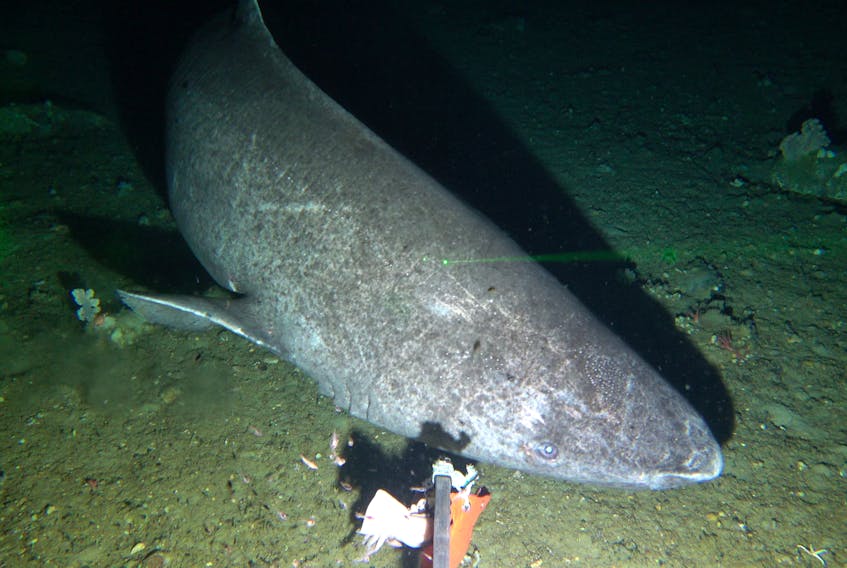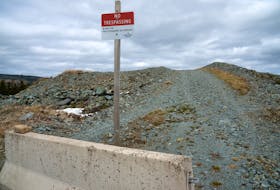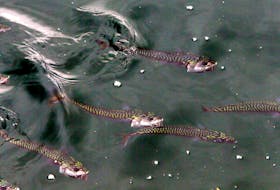The Labrador Sea provides a vitally important global function as the so-called “lungs” for the world’s oceans, yet it’s also one of the most understudied environments on the planet, largely due to its harsh weather conditions.
Local researchers — using local technology — are working to change that.
Fisheries and Oceans Canada (DFO) said in a recent news release that environmental DNA (eDNA) water sampling was used for the first time ever in the area, and the findings provide a window into the biodiversity found in the deep, cold ocean.
The eDNA technology works by collecting a small water sample and putting it through a machine that can analyze the genetic material found in the water.
“When animals are moving through the water, they’re sloughing off tissue and material. And in that material is DNA,” said Dave Cote, research scientist with DFO and co-author of a recently published study on the eDNA findings in the Labrador Sea — the first of several papers on the data to be published in the coming years.
Cote said the DNA acts as a barcode for scientists to identify the different species.

The DNA is analyzed in the lab of St. John’s-based environmental genomics company, eDNAtec.
A study of Labrador Sea biodiversity began in 2017, but researchers were using traditional methods to gather data, such as long-lining and baited cameras. Those methods could only provide information about scavenging or predatory fish which would be drawn in by the bait.
eDNA fills in the gaps, providing information about everything in the water sample — from corals, to jellyfish, to whales.
“Every single snippet of any evidence of any life down there is so fascinating...each of those fish is something that most people never get to see, and seeing the results from the eDNA showed that there’s probably even more stuff down there that we can’t even capture with nets.”
“In a sense, this is a census of marine life in the Labrador Sea,” said study co-author Julek Chawarski, a PhD candidate at Memorial University’s Centre for Fisheries Ecosystem Research.
Chawarski called the research “pretty huge.”
For example, a one-litre sample collected last year showed the presence of about 10,000 species.
“Every single snippet of any evidence of any life down there is so fascinating...each of those fish is something that most people never get to see, and seeing the results from the eDNA showed that there’s probably even more stuff down there that we can’t even capture with nets.”
Chawarski said their study is really the first to describe the diversity of life in the Labrador Sea.
“Creating a baseline of biodiversity for places that are understudied is really important for us to be able to track climate change and overall changes to habitat and the functioning of the ecosystem,” he said.

Because the eDNA water sampling method provides a cost-effective, non-invasive method of getting a holistic picture of an ecosystem, DFO believes it could increase understanding of the deep Labrador Sea much more quickly in the coming years.
“This could also have significant implications for ocean science and management, and could allow us to better measure and understand natural and human-induced changes in the environment,” reads the news release.
Cote said it’s especially important to study the deep Labrador Sea because the species that live there are particularly vulnerable.
“You have deep water corals and sponges which could take decades or centuries to recover once they’re damaged by trawls, for example, or other things. And the fish species that live there are very long-lived, slow-growing and slow to reproduce. So, those types of species are also very vulnerable if their populations go down.”
Juanita Mercer reports on climate change in Newfoundland and Labrador.









